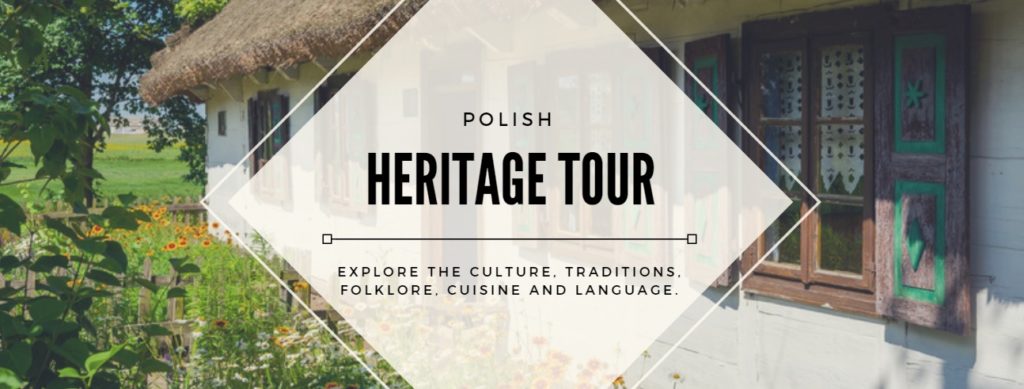There’s no better place to learn all about the rural life in the past and to enjoy the true Polish countryside atmosphere than the numerous picturesque ethnographic parks we call ‘skansen’. The word ‘skansen’ usually refers to an open-air museum that presents the folk culture of a given region. Today we’ll have a sneak preview of three amazing ethnographic parks in three different parts of Poland. Click the arrows (or slide the touchscreen) to see other pictures in the galleries.
Maurzyce
The beautiful and colorful folk art from the Łowicz region is famous all over the world. This is why we’re starting with the Maurzyce open-air museum, a branch of the Łowicz museum, located some 60 miles away from Warsaw. A visit to Maurzyce is a real feast for the eyes. You can explore the wonderful homesteads from the turn of the 19th century. The museum arranges folk art workshops, during which you can learn to make amazing tissue paper flowers or the famous Łowicz paper cut-outs. If you’ve signed up for the Heritage Tour with RealPoland, you’re lucky: the Maurzyce open-air museum is on the itinerary.
Sanok
In the south-east of Poland, by the river San, there’s a stunning ethnographic park that is really worth visiting. It is the biggest of this kind of museums in Poland, and definitely one of the most varied ethnographically. The natural landscape only adds to the beauty of this place. The museum has a large collection of historical buildings dating from 17th-20th centuries. It also has a fantastic reconstruction of a Galician Market Square.
Olsztynek
The ethnographic park in Olsztynek is located in the Masuria region, also known as the Land of a Thousand Lakes. It collects buildings from four different historic regions of East Prussia and presents a completely different architecture style. What is also interesting about this museum is that it has an archaeological site and a burial mound from the times of early Iron Age.
To have a taste of the Polish countryside, try our

 LET'S DESIGN YOUR TOUR!
LET'S DESIGN YOUR TOUR!

